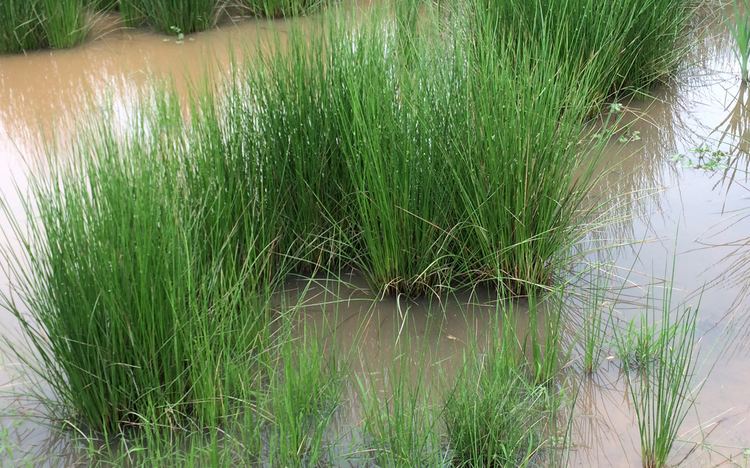Higher classification Rushes | Scientific name Juncus Rank Genus | |
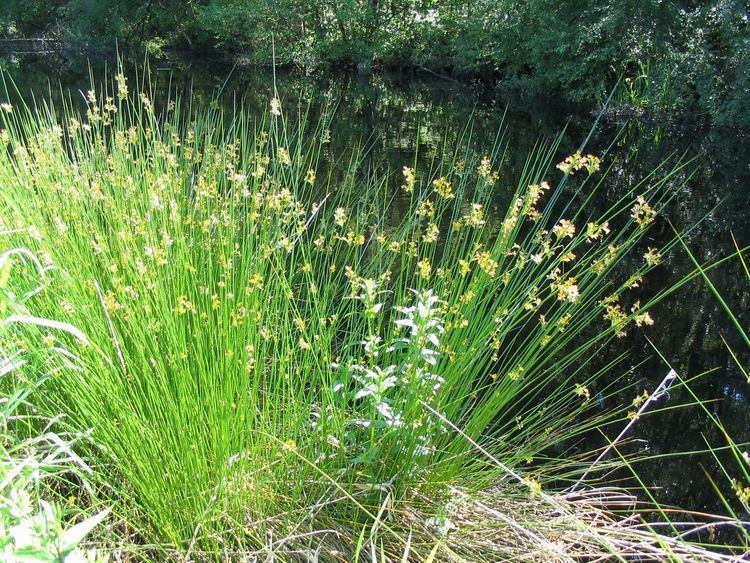 | ||
Lower classifications Juncus effusus, Juncus bufonius, Juncus articulatus, Juncus acutus, Juncus tenuis | ||
Soft rush juncus effusus
Juncus is a genus of monocotyledonous flowering plants, commonly known as rushes. It is the largest genus in the family Juncaceae, containing around 300 species.
Contents
- Soft rush juncus effusus
- Juncus garden plants
- Description
- Distribution and ecology
- Classification
- Species
- References
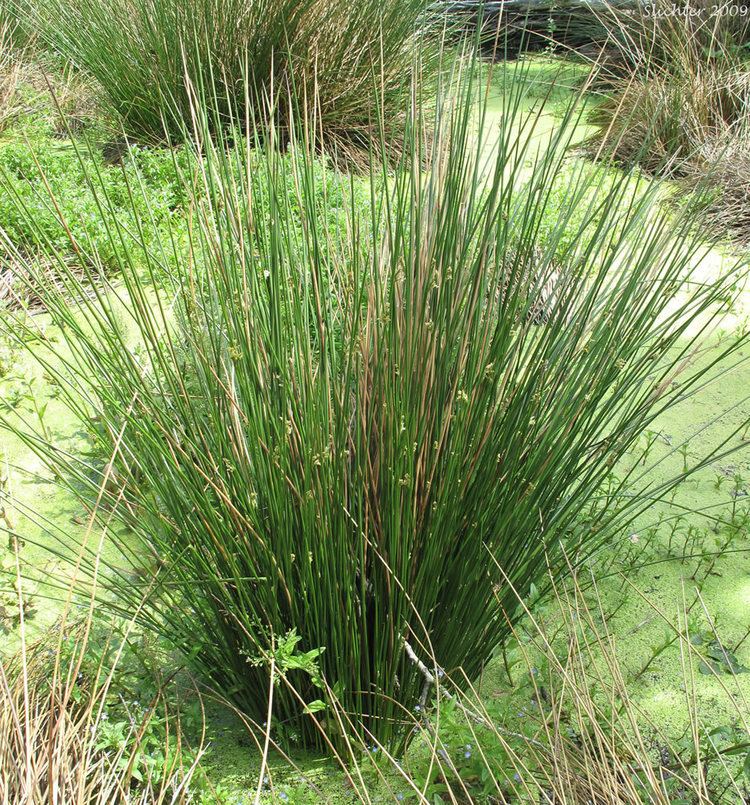
Juncus garden plants
Description
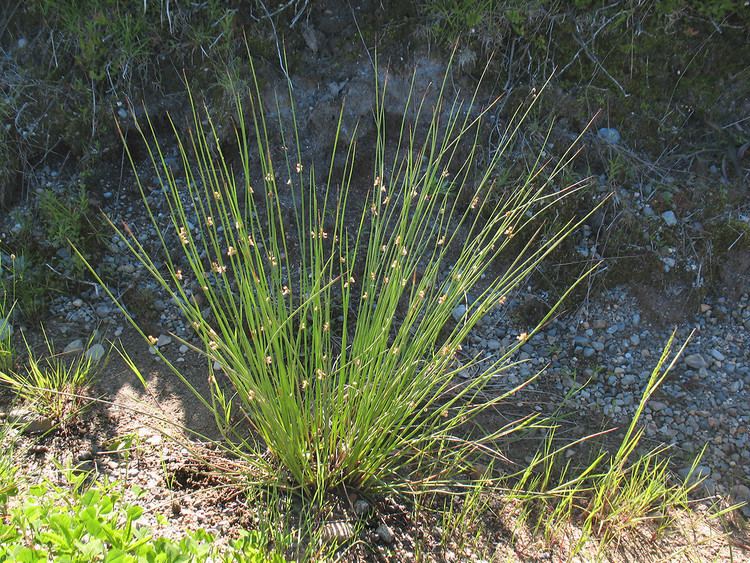
Rushes of the genus Juncus are herbaceous plants that superficially resemble grasses or sedges. They have historically received little attention from botanists; in his 1819 monograph, James Ebenezer Bicheno described the genus as "obscure and uninviting".
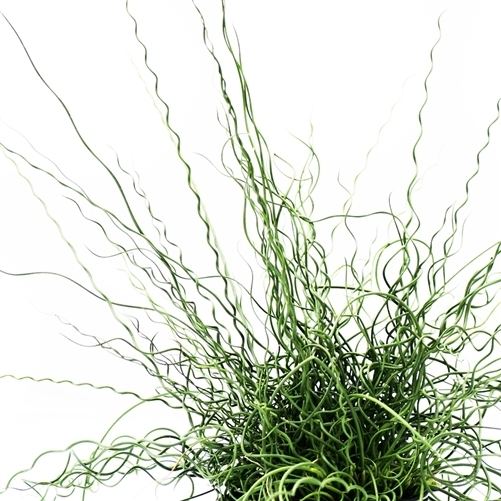
The form of the flower differentiates rushes from grasses or sedges. The flowers of Juncus comprise five whorls of floral parts: three sepals, three petals (or, taken together, six tepals), two to six stamens (in two whorls) and a stigma with three lobes. The stems are round in cross-section, unlike those of sedges, which are typically somewhat triangular in cross-section.
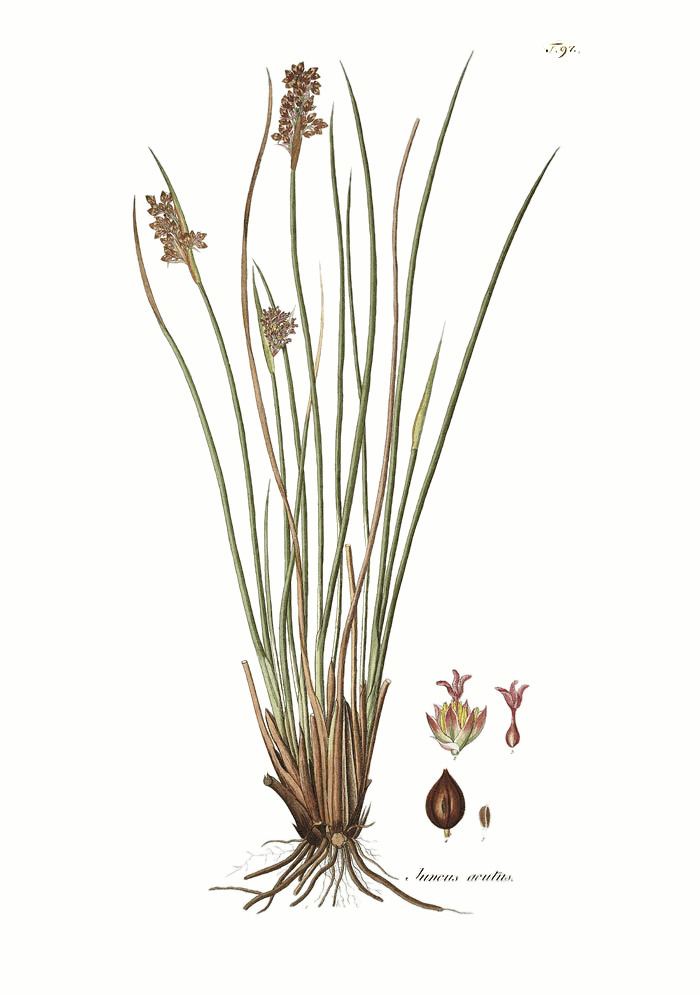
In Juncus section Juncotypus (formerly called Juncus subg. Genuini), which contains some of the most widespread and familiar species, the leaves are reduced to sheaths around the base of the stem and the bract subtending the inflorescence closely resembles a continuation of the stem, giving the appearance that the inflorescence is lateral.
Distribution and ecology
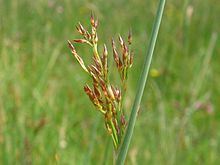
Juncus has a cosmopolitan distribution, with species found throughout the world, with the exception of Antarctica. They typically grow in cold or wet habitats, and in the tropics, are most common in montane environments.
Classification
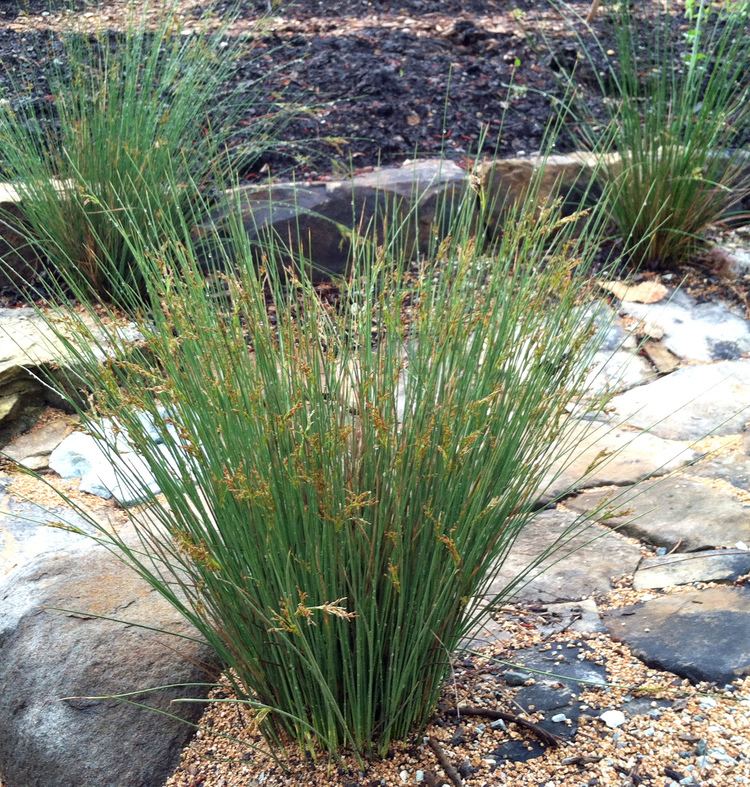
The genus Juncus was first named under the rules of the International Code of Nomenclature for algae, fungi, and plants by Carl Linnaeus in his 1753 Species Plantarum. The type species of the genus was designated by Frederick Vernon Coville in 1913; he chose the first species in Linnaeus' account, which was Juncus acutus. Juncus can be divided into two major groups, one group with cymose inflorescences that include bracteoles, and one with racemose inflorescences with no bracteoles.
The genus is divided into the following subgenera and sections:
- sect. Juncus
- sect. Graminei (Engelm.) Engelm.
- sect. Caespitosi Cout.
- sect. Stygiopsis Kuntze
- sect. Ozophyllum Dumort.
- sect. Iridifolii Snogerup & Kirschner
- sect. Tenageia Dumort.
- sect. Steirochloa Griseb.
- sect. Juncotypus Dumort.
- sect. Forskalina Kuntze
Species
The Plant List accepts the following species in the genus Juncus:
